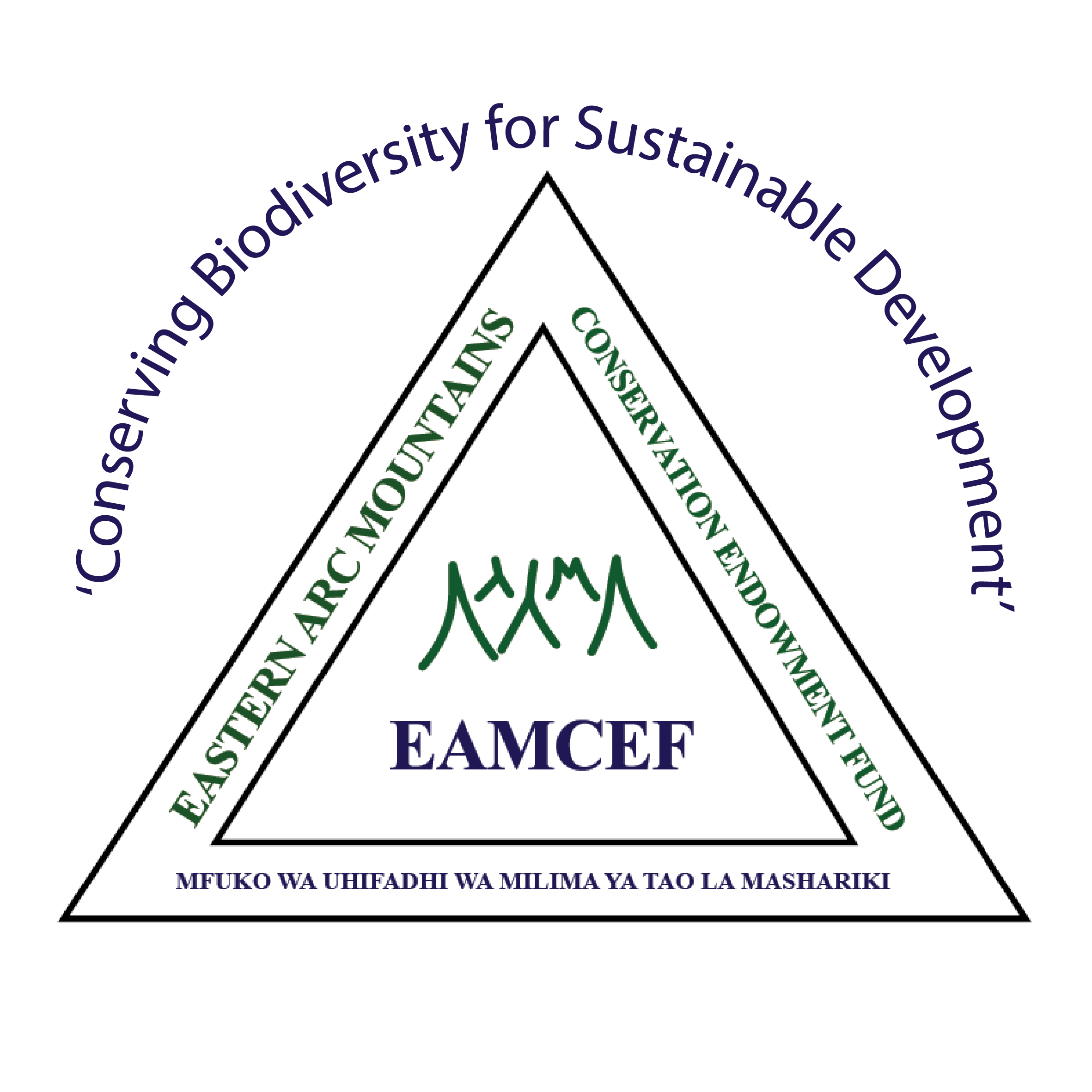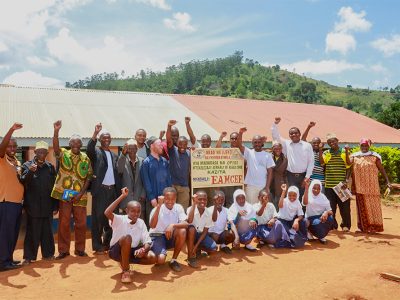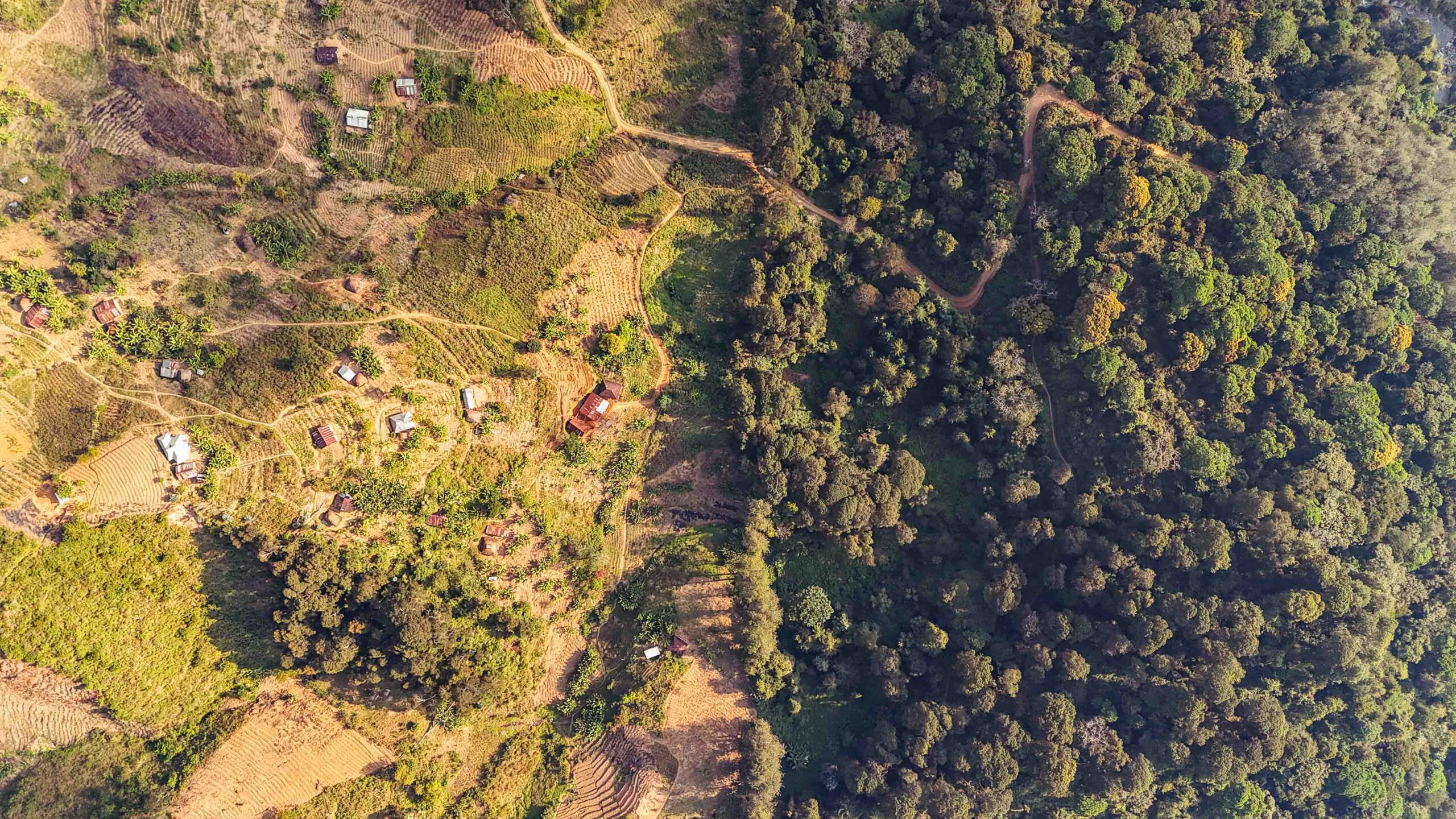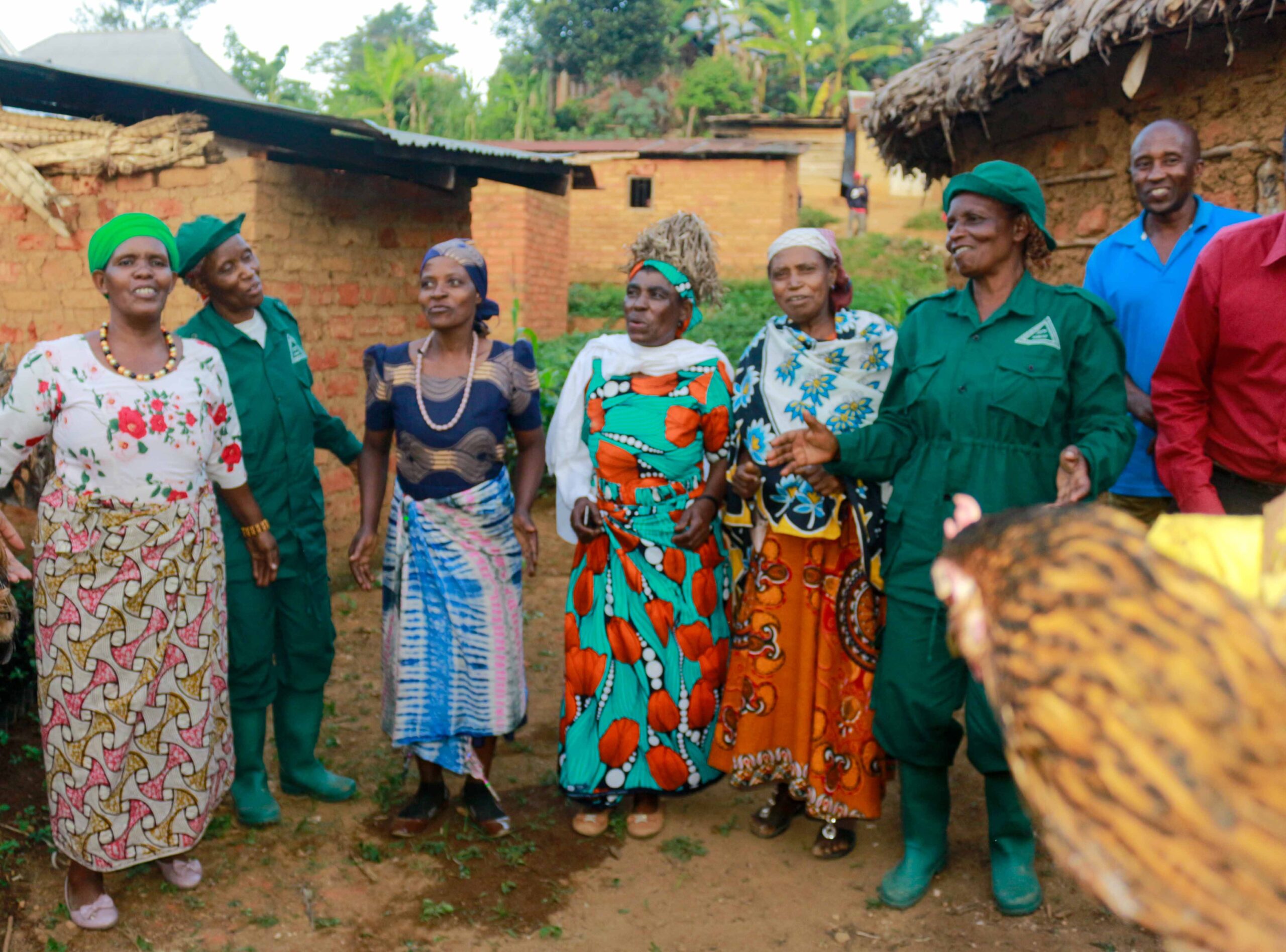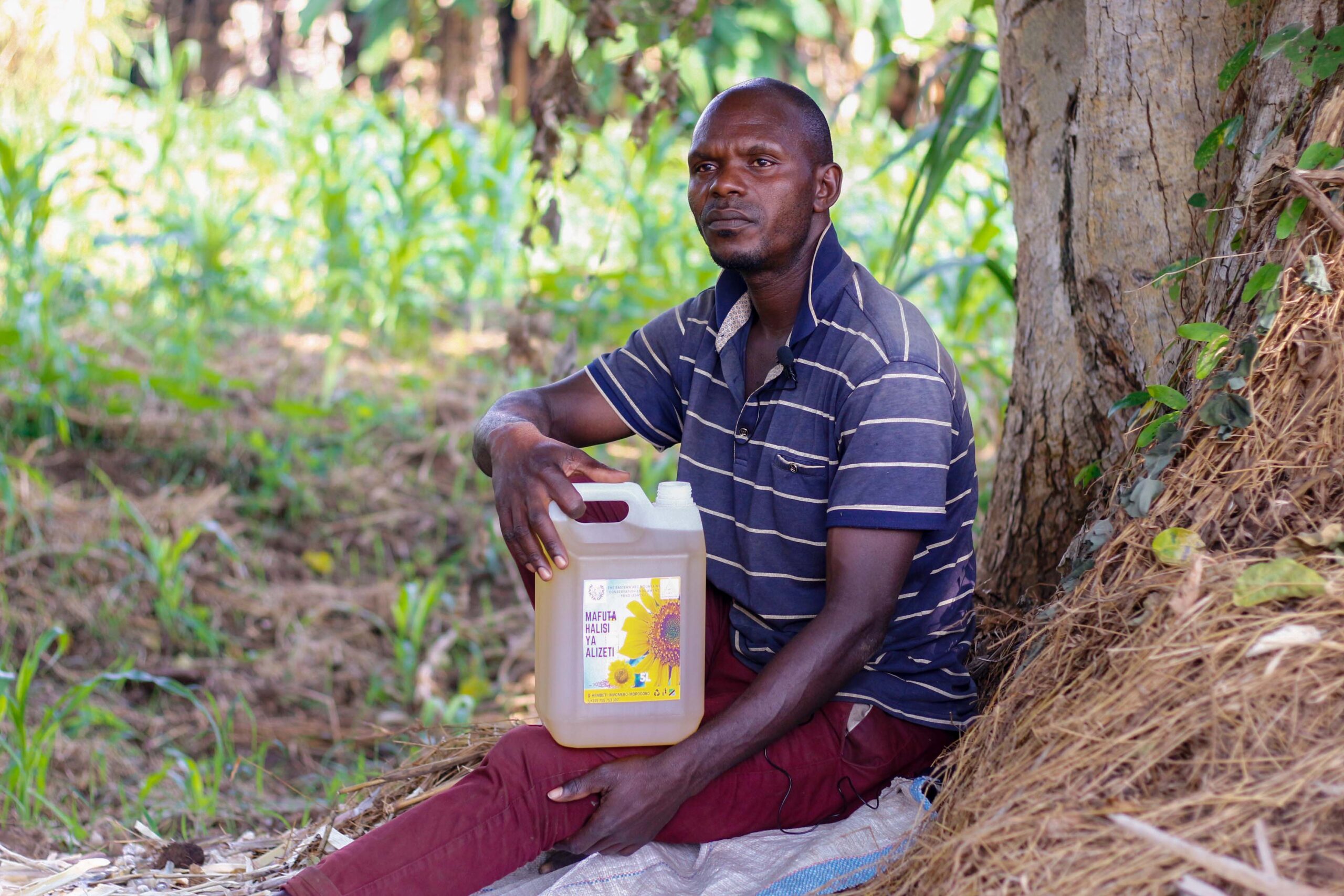Ecotourism infrastructure in the Eastern Arc Mountains has been significantly improved thanks to the efforts…

Would the communities in Kazita Village keep their promises to conserve the forests of Nilo Nature Reserve situated just at their vicinity? The story of Kazita Primary School (KPS) says it all.
At the inaugural time in 2008
the School had two rooms – one being a classroom and the other a general pool for teachers and pre-school children. The one classroom was ‘virtually’ partitioned for use by both Grade One and Grade Two pupils. The partitioning was such that the two Grades would seat facing opposite sides, one Grade was forced to stay in the ‘mute mode’ bending on their desks if the teacher is having classes with the other Grade and vice versa -but this was not easy as it reads. The teachers’ pool accommodated the Head Teacher, Assistant Head Teacher and other teachers.
EAMCEF support
As a strategy to promote Participatory Forest Management(PFM) – that is broad participation of local communities in forest management of the Governmentowned Nilo Forest Nature Reserve, EAMCEF initiated a series of consultation with local villagers of Kazita Village to agree on possible ways to engage effective participation of local communities in forest management activities. Since EAMCEF’s approach to forest management is through community development interventions, a consensus was reached to support the community build three rooms (two classrooms and one office) for the School in return of the labour and time spent by communities in forest management activities performed through village committee. Before EAMCEF intervention, villagers were invading the protected forests in search for marketable wood products that would give them extra income to afford paying their dues for school construction. Since EAMCEF took up the role, community members stopped their financial contribution but had to repay through participation in forest management. Following support from EAMCEF, the school increased enrolment of new pupils.
